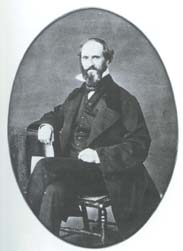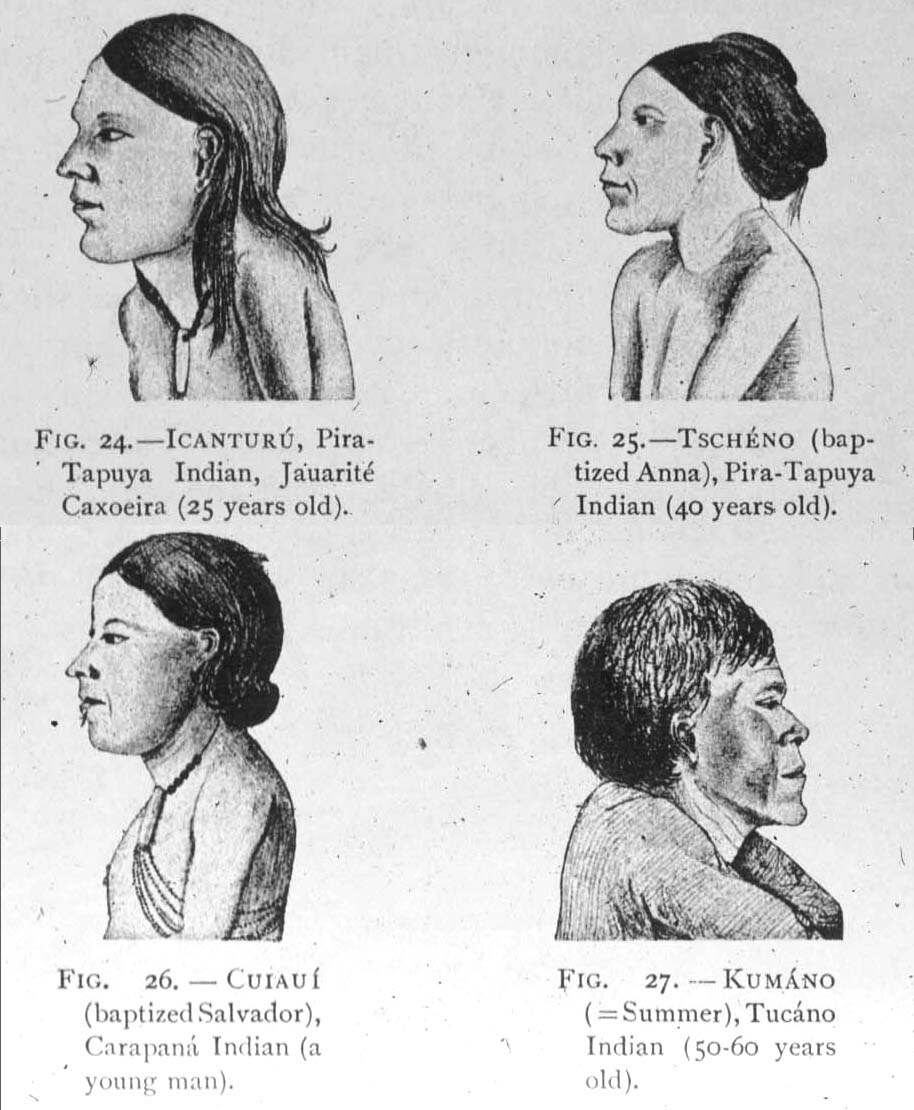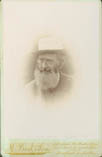| |

Richard Spruce on his return from the Amazon

Richard Spruce's drawing of native Amazon people

Richard Spruce as an old man
|
|
Richard Spruce was born on the 10th of September 1817 at Ganthorpe, near Castle Howard, in Yorkshire. He was educated by his father, who was a teacher. Spruce's interest in natural history dated back to his very early years. At the tender age of 16 he listed the plants of Ganthorpe and by 19 had written a 'Flora of the Malton District'. He became interested in bryophytes - mosses and liverworts - and was an acknowledged expert, with a sizeable herbarium of his own from both the British Isles and farther afield.
He published widely on Irish bryophytes and carried out a major expedition to the Pyrenees between 1845 and 1846. He intended to finance his expedition by selling sets of flowering plant specimens, but the little-known bryophytes were more of a challenge. Among his collections from the French-Spanish border region he discovered at least 17 species new to science, and increased the bryophyte list for the area from 169 species to 478!
In 1848 he was approached by Willam Hooker, the director of the Royal Botanic Gardens at Kew, as a potential candidate to carry out botanical exploration of the Amazon. Spruce's health was not good, but he decided in 1849 that he wanted to see the tropics before it was too late. Again, he financed the trip by selling sets of specimens to interested naturalists and institutions back in Europe.
Spruce sailed for South America in June of 1849 at the age of 31. During the following 15 years his travels took him to Brazil, Venezuela, Peru and Ecuador. The extent of his travels was no mean feat for a man who by the time he left South America was deaf in one ear, could not walk at all without pain due to paralysis of his legs and back and had long-standing suspected tuberculosis.
As well as being a major contributor to the knowledge of the flora of the Amazon, Spruce was also a keen observer of the local people and their cultures. He learnt 21 different indigenous languages while he was away, and not only collected plants but also many locally produced items of ethnobotanical, economic, and medical interest. His work in Ecuador was largely concerned with the procurement of seeds of the cinchona tree. Spruce was one of those responsible for providing seeds of the tree from which the antimalarial drug quinine was made to the British government - thus helping to establish plantations in British colonies and helping millions in the fight against malaria.
Richard Spruce died in Coneysthorpe, Yorkshire, UK on the 28th of December 1893.
|
|




